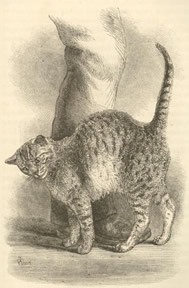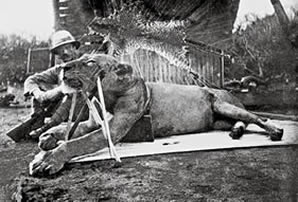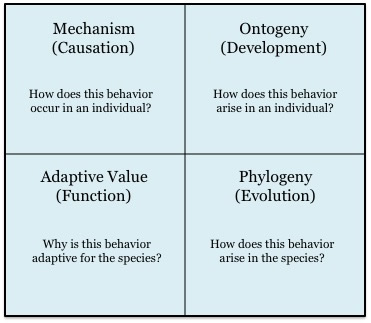 Purring in the Domestic Cat
Purring in the Domestic Cat
Biology 342 Fall 2011
By Cara Holton & Jackie Pires
An Introduction to PurringFelis silvestris catus, the domestic cat, can be found in a third of American households, and there are more than 600 million domestic cats worldwide [1]. Perhaps the most famous author to ever describe the behavior of the domestic cat was Charles Darwin, who wrote in The Expression of the Emotions in Man and Animals that “Cats use their voices much as a means of expression, and they utter, under various emotions and desires, at least six or seven different sounds. The purr of satisfaction, which is made during both inspiration and expiration, is one of the most curious. The puma, cheetah, and ocelot likewise purr…It is said that the lion, jaguar, and leopard do not purr” [2]. John Henry Patterson, the author of The Man-eaters of Tsavo, would perhaps disagree with Darwin’s last statement. His book describes the construction, in 1898, of a railroad bridge in present-day Kenya that was plagued by the presence of two man-eating lions. He wrote, “I have a very vivid recollection of one particular night when the brutes seized a man from the railway station and brought him close to my camp to devour. I could plainly hear them crunching the bones, and the sound of their dreadful purring filled the air and rang in my ears for days afterwards” [3].
|
 Figure 1. An affectionate cat, from Darwin's "The Expression of the Emotions in Man and Animals." Source
|
|
Today, it is commonly accepted that all species within the cat family Felidae purr except for lions (Panthera leo), tigers (P. tigris), jaguars (P. onca) and leopards (P. pardus) [4]. For many years the Felidae family was subdivided into “purring cats” and “non-purring (roaring) cats” [4]. A technical definition of purring, given by Gustav Peters in his review of mammalian vocalization is “continuous sound production [that] alternates between pulmonic egressive and ingressive airstreams” [5]. Below you can find several examples of purring in different cat species. |
||
|
|
||
Despite it’s prevalence, few substantive facts are known about purring. How do cats purr? Why do cats purr? What does a cat purr mean? These questions and more remain unanswered. The following pages in this website will discuss the mysteries of purring, the previous and present work being done to answer these mysteries, and several current hypotheses. Our investigation into purring will be organized based on Nikolaas Tinbergen’s four questions, or “areas of inquiry,” concerning animal behavior [6]. The following schematic summarizes the interpretation of these questions that will be used to examine the phenomenon of purring.
|

